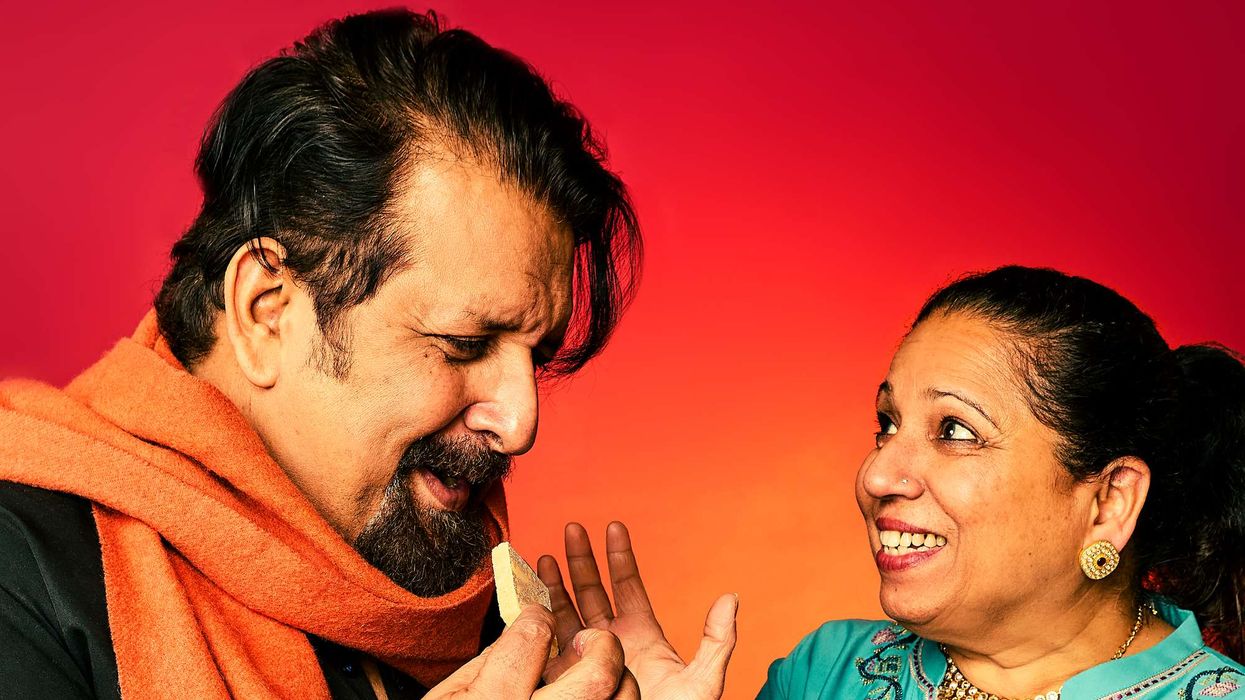Madhur Bhandarkar made his Bollywood debut as a director with 1999 release Trishakti. He has been in the industry for the past two decades and has made some really good films. In 2016, he was honoured with the Padma Shri, the fourth highest civilian honour, by the Government of India.
Well, his past few releases might have failed to strike a chord with the audiences, but we cannot ignore that he is one of the few filmmakers in the Hindi film industry who tries to showcase the reality of the society on the big screen.
Today, as Madhur Bhandarkar celebrates his 52nd birthday, let’s look at the list of top five films directed by him.
Chandni Bar
In 2001, Madhur Bhandarkar directed a film titled Chandni Bar starring Tabu in the lead role. The film showcased the journey of a girl from a village who comes to Mumbai and becomes a bar dancer. The film was appreciated by critics and won National Film Award for Best Film on Other Social Issues.
Satta
After Chandni Bar, Madhur Bhandarkar made one more woman-centric film titled Satta. The movie showcased the reality of politics and how things change when a woman decides to take the charge. Raveena Tandon’s performance was the highlight of the movie and it is still considered to be one of the best performances of the actress.
Page 3
While in early 2000, not many filmmakers were keen on making women-centric films, Madhur Bhandarkar was surely the director who was giving Bollywood some strong female characters. His movie Page 3 showcased the life of a Page 3 journalist. It went on to win National Film Award for Best Feature Film.
Traffic Signal
Well, we never expected that a filmmaker would make a movie revolving around the people who work and beg at traffic signals in Mumbai. But, in 2007, Madhur Bhandarkar directed a film titled Traffic Signal that showcased us the reality of that side of the society as well.
Fashion
After showcasing us the life of a bar girl, a female politician, and a page 3 journalist, Madhur Bhandarkar decided to take us in the world of glamour with his film Fashion. The movie was about a girl’s journey as a model and how the fashion industry works. Priyanka Chopra and Kangana Ranaut, both the actresses won a National Award for their performance in the movie.





 Bush Theatre’s 'Sweetmeats' highlights diabetes risks in south Asian community through elder love story Bush Theatre’s 'Sweetmeats' highlights diabetes risks in south Asian community through elder love story
Bush Theatre’s 'Sweetmeats' highlights diabetes risks in south Asian community through elder love story Bush Theatre’s 'Sweetmeats' highlights diabetes risks in south Asian community through elder love story 






